
Cooks in Asia and India have use banana leaves in many of the same ways Western chefs use aluminum foil or parchment paper. According to an article on the Sampradaya Sun news site, banana leaves do not grow on trees but are actually the leaves of a large herbal shrub.
Significance
In India, banana leaves are so large they are used as umbrellas during monsoon season. They are used as natural food wrappers when steaming, grilling and baking different types of food. The leaf also make an attractive serving platter because of its size and sturdiness. The shrub produces only one leaf per month in winter and three to four per month in summer.
Nutrients
In addition to their value as food wrappers for cooking, banana leaves contain large amounts of polyphenols such as epigallocatechin gallate, or EGCG, also found in green tea. Polyphenols are natural antioxidants found in many plant based foods. According to an article by Augustin Scalbert and colleagues published in the January 2005 issue of the "American Journal of Clinical Nutrition," extensive research is ongoing to help determine the extent of how polyphenols affect human cells, the oxidative process and its impact on disease prevention.
Culinary Considerations
Banana leaves are staples in Southeast Asian, Indian and African cooking. The leaves are not eaten by humans and are used exclusively as aromatic food wrappers. The leaf adds a green tea like scent to food during the cooking whether you use them to wrap food for steaming, grilling or baking. You can buy fresh banana leaves in some Asian markets and freeze them for later use. For some recipes the leaves need to be steamed prior to grilling or baking.
Before using a leaf, wash it well and cut away the thick edges and fibrous stems. The softer leaves are easier to use because and do not usually require pre-steaming. Older leaves can be warmed over an open flame. Dry the leaves well before use.
Agriculture
Banana leaves grow up to nine feet in length. The tree provides a canopy in many tropical climates. A 1991 study conducted by Abiliza E. Kimambo and H. M. H. Muya of the Sokoine University of Agriculture in Tanzania determined that the banana leaves, fruit peelings and the core of the stem provide sufficient nutritional value to be a highly valuable food for dairy cows and cattle. This study, published in "Livestock Research for Rural Development," is important to developing nations where the shrubs are plentiful and grain based animal feed is costly.
Traditional Meal
In southern India, special meals are served on banana leaves. It is customary to use a large leaf as a communal serving platter. This type of meal is called saapad in Tamil. According to the Sampradaya Sun, the food generally served on the banana leaf includes rice, vegetable sabjis, curries and raitas, The rice is usually served with a tomato based sauce and dahl.
During the festive meal, the banana leaf is placed in front of the guest of honor and the tip is cut away for their use. Pieces from the sides of the leaf are cut to serve other guests. Each guest adds different types of foods onto their leaf plate. Foods are also served that have been cooked in banana leaf. Each guest is served a portion, which is then cut open to reveal the food within.
Related Articles
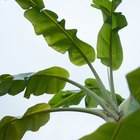
Can You Eat Banana Leaves?

How to Dry Papaya Leaf for Tea
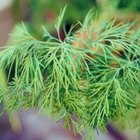
Dill Seed Vs. Dill Weed

List of Wild Edible Plants & Berries in ...
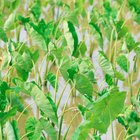
Types of Taro
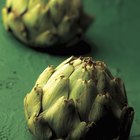
How to Parboil Artichokes

African Food Facts
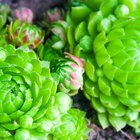
Plants That Heal Wounds

Can You Eat Clementines With the Peel?
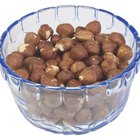
What Kinds of Nuts Don't Grow on Trees?
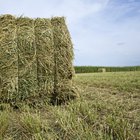
Alfalfa Hay Nutrition Information
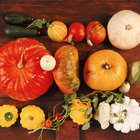
What Is White Squash?

The Culinary Uses of the Eucalyptus Leaf

Christian Harvest Crafts

Baby Spinach Vs. Spinach
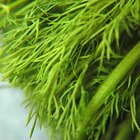
Classic Russian Spices
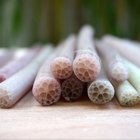
Benefits of Lotus Stem
How to Cook Cut Moringa Drumsticks

Types of Greek Fruits & Vegetables

Fruits or Vegetables Starting With X
References
- The Sampradaya Sun: Prasadam-Leaves
- Viet World Kitchen: Grilled Whole Fish in Banana Leaf Recipe
- Group Recipes: Beef in Banana Leaf
- "Livestock Research for Rural Development": Rumen Degradation of Dry Matter and Organic Matter of Different Parts of the Banana Plant; Abiliza E Kimambo and H M H Muya; December 1991
Photo Credits
Jupiterimages/Photos.com/Getty Images